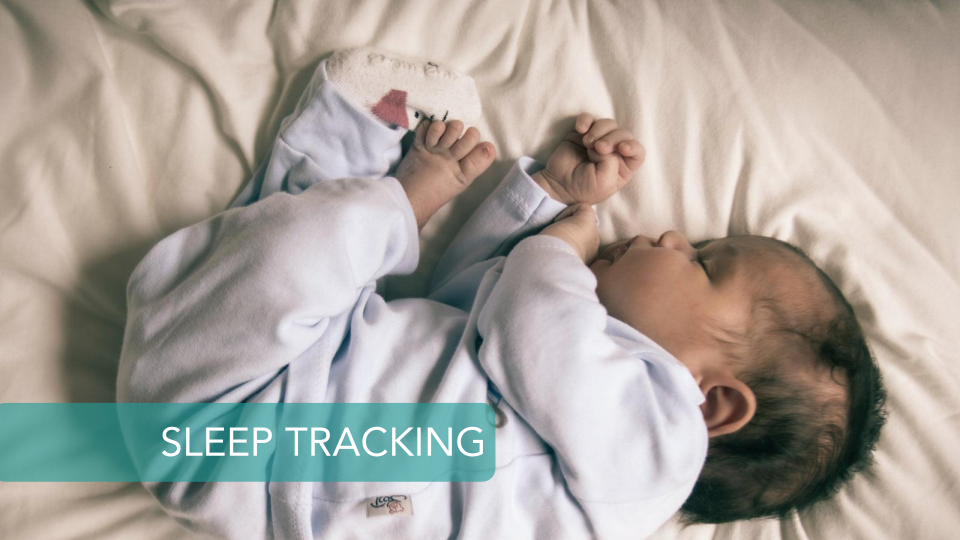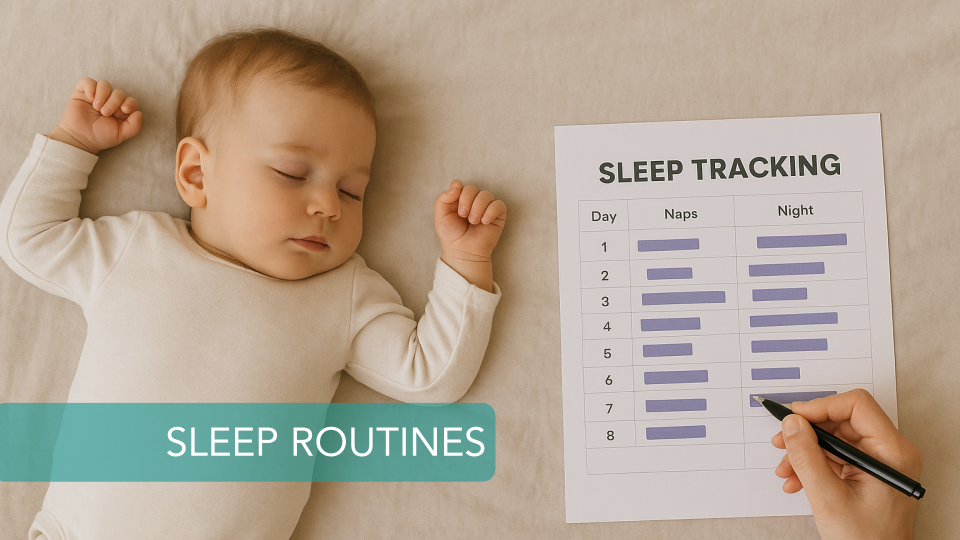2 Month Old Sleep: Patterns, Tips, and What to Expect
- Caleb

- 7 days ago
- 3 min read
At 2 months, your baby’s sleep is starting to shift. While sleep is still broken into short stretches, parents often notice small signs of progress—slightly longer nighttime rest, more alert awake times, and early hints of a daily rhythm.
Even so, 2 month old sleep is far from consistent. Understanding what’s normal, how to encourage safe and healthy sleep, and what changes to expect can help you manage this stage with more confidence.

How Much Does a 2 Month Old Sleep?
Most 2-month-old babies sleep 14–17 hours total in 24 hours. This usually breaks down into:
8–10 hours at night, though not all at once
4–7 hours during the day, split into naps
Some babies may begin sleeping 4–6 hour stretches at night by this age, especially if formula-fed. But frequent waking is still common, especially for breastfed babies who digest milk more quickly.
Sleep Patterns at 2 Months
A 2 month old is gradually moving toward more consistent patterns, but randomness is still normal. Typical sleep patterns include:
2–4 hour stretches of sleep at night, with occasional longer periods
Naps every 1–2 hours of awake time
More quiet alert periods, where babies are awake and calm
Signs of developing a day-night rhythm, though it’s not yet strong
Parents may notice their baby starting to cluster longer sleep at night and have more awake time during the day, but routines are still flexible.
What to Expect with 2 Month Old Sleep
Every baby is unique, but here’s what most parents can expect around this age:
Night waking continues, often every 3–4 hours, though some babies start sleeping 5–6 hours at night.
Daytime naps are frequent, averaging 4–5 naps per day.
Awake windows last about 60–90 minutes before the next nap.
Sleep cues—like fussiness, turning away, or rubbing eyes—become more noticeable.
Some babies also experience a growth spurt around 6–8 weeks, leading to extra feedings and disrupted sleep.
Tips to Support Healthy 2 Month Old Sleep
While you can’t fully schedule a 2 month old yet, you can gently encourage better habits:
Practice safe sleep: Always place your baby on their back in a crib or bassinet with a firm mattress and no loose bedding.
Establish simple routines: A short pre-nap routine (dim lights, swaddle, rocking, or a song) helps signal sleep.
Encourage day-night awareness: Keep mornings and afternoons bright and interactive. Make nights quiet and calm.
Watch awake windows: Babies this age do best with about 60–90 minutes awake before needing sleep again.
Track patterns: Apps like Cubtale make it easy to log naps, nighttime sleep, and feeds so you can see progress over time.
Safe Sleep Guidelines for 2 Month Olds
Following medical guidance reduces risks and builds healthy habits. The American Academy of Pediatrics (AAP) and National Institutes of Health recommend:
Back to sleep for every nap and night.
Firm, flat sleep surface in a crib or bassinet.
No pillows, blankets, stuffed animals, or bumpers in the crib.
Room-sharing without bed-sharing for at least the first 6 months.
Avoid sleep in swings, car seats, or inclined sleepers except when traveling.
Helping Parents Cope with Sleep
Sleep deprivation can feel overwhelming by 2 months. Here are some strategies:
Take turns at night if possible so both parents rest.
Nap during the day when your baby naps, even for 20–30 minutes.
Accept help from family or friends for a break.
Use tracking tools like Cubtale to reduce the mental load of remembering when the last feed or nap happened.
Keep perspective: these disrupted nights are temporary and usually improve in the coming months.
When to Call the Doctor
Reach out to your pediatrician if:
Your baby is very difficult to wake for feedings.
They regularly sleep longer than 5–6 hours without eating.
You notice breathing problems, bluish skin, or abnormal movements during sleep.
Your doctor can reassure you about what’s normal and check for any concerns.
Final Thoughts
2 month old sleep often brings small but important changes. Babies are still waking frequently, but some begin sleeping longer stretches at night and showing clearer nap patterns. Parents can support this progress by following safe sleep guidelines, building gentle routines, and watching for cues.
Most importantly, remember that this stage is short. Using tools like Cubtale to track sleep and feeds can make it easier to see improvements and reduce stress. With patience and flexibility, you and your baby will soon find a rhythm that works.
Sources
American Academy of Pediatrics – Safe Sleep
National Institutes of Health – Safe to Sleep®
Nemours KidsHealth – Baby Sleep: 2 Months





Comments